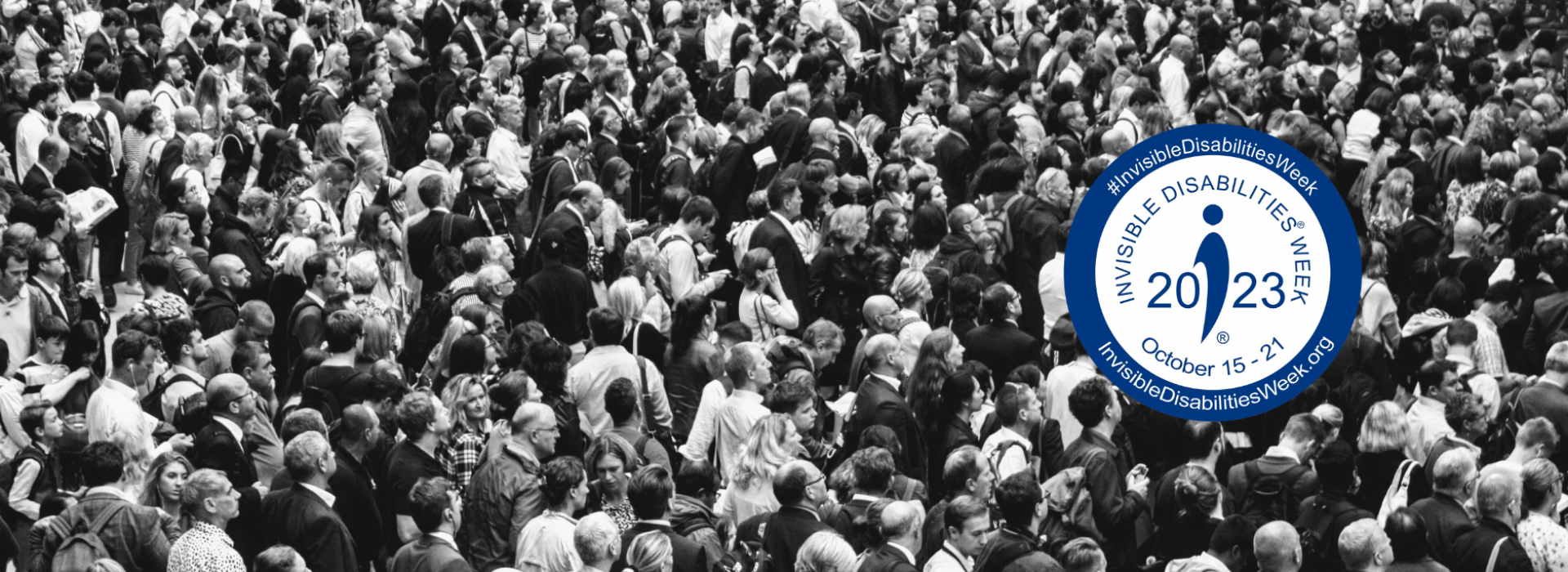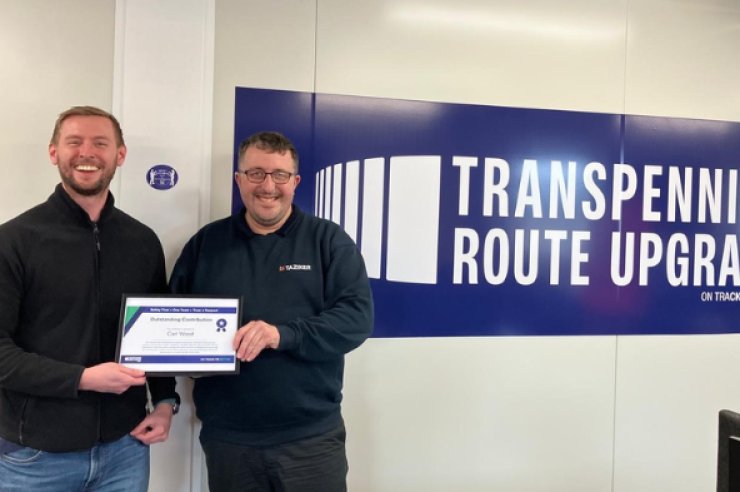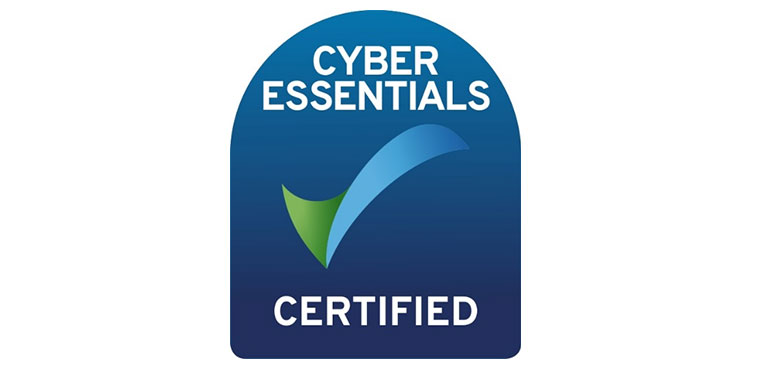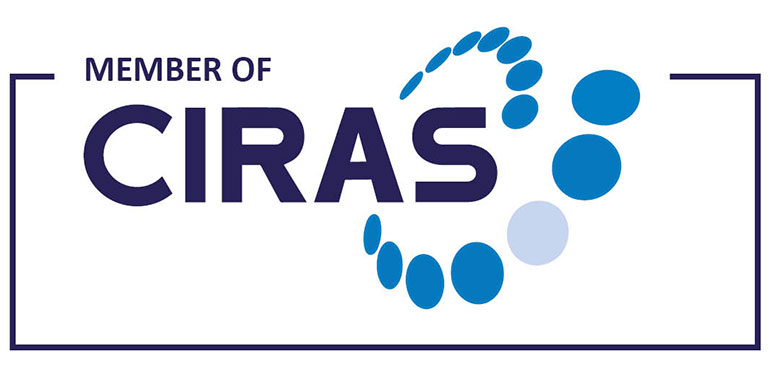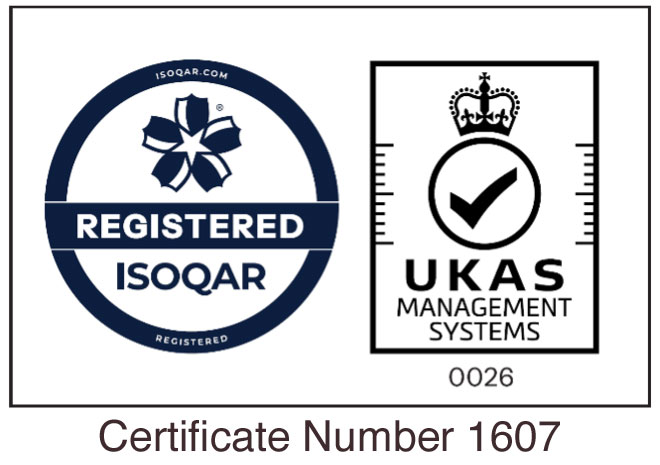Invisible Disabilities Week 2023: The reality of living with a hidden disability
Published 16th October 2023
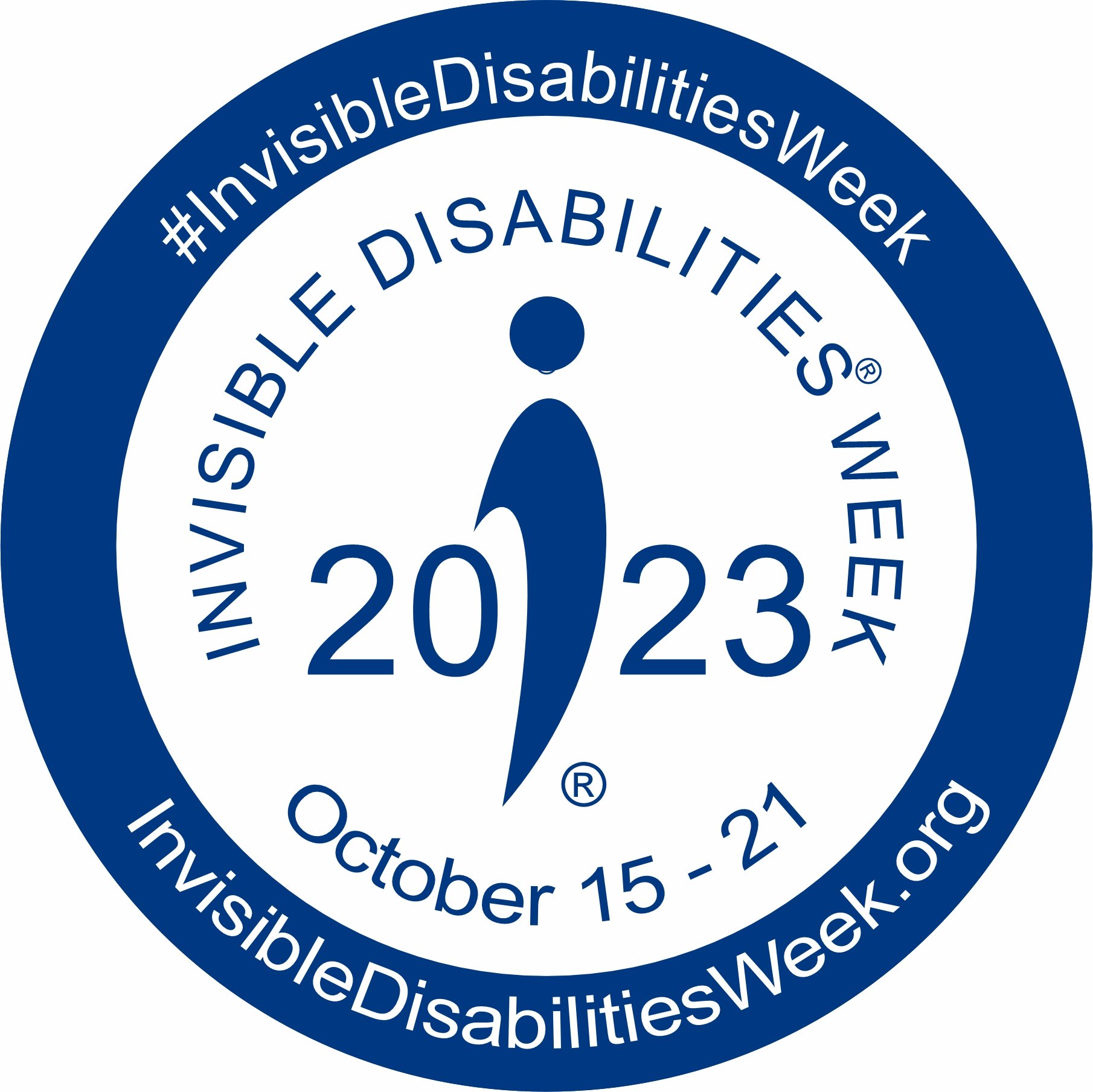 From the 15th-21st October is Invisible Disabilities Week 2023, hosted by the Invisible Disabilities Association (IDA). Recent stats show that over 10 million people in the UK have what is classed as an invisible or hidden disability [1] - but what is an invisible disability?
From the 15th-21st October is Invisible Disabilities Week 2023, hosted by the Invisible Disabilities Association (IDA). Recent stats show that over 10 million people in the UK have what is classed as an invisible or hidden disability [1] - but what is an invisible disability?
There are a range of invisible disabilities from neurodivergent conditions, auto-immune disorders to chronic pain and fatigue syndromes. These often debilitating conditions are not always visible to the casual observer. We feel strongly about using this opportunity to raise awareness of invisible disabilities and the challenges they bring.
Our Marketing Executive, Sarah Jones, and Accounts Payable Team Leader, Tracy Woodcock, have both written about their experiences and the reality of living with an invisible disability.
Sarah's story
"I first started to experience symptoms of what I would later find out to be Fibromyalgia in late 2017, this included extreme fatigue, brain fog and pain throughout my entire body. When it comes to the pain in my joints, the best way I can describe it is imagine that you’ve been to the gym, overdone it and you wake up the next morning feeling the after effects - then multiply that by about ten. Don’t get me wrong, I have never been the peak of physical fitness, but I went from someone who would walk everywhere, go to gym classes twice a week to someone who struggled to get out of bed.
Unfortunately, Fibromyalgia is a condition that is a diagnosis of exclusion, so there’s no specific test to say you have it or not. I went through three years of tests from auto-immune to sleep conditions, you name it and I’ve probably been tested for it, all to no avail in discovering what was wrong with me. Going through the process of having various conditions ruled out was tough on my mental health, as many doctors I saw would gleefully tell me that my test results were fine, all while I sat there in agonising pain with no idea what to do. I was often treated as a hypochondriac and told “well the test results say you’re fine – are you sure the pain is not just all in your head?”.
 After years of tests, I was eventually diagnosed with Fibromyalgia in early 2020, given a leaflet and told “see you later”. I must admit I was at my lowest point, battling a condition that science doesn’t understand, doctors roll their eyes at, and people have never heard of aside from the occasional comment of “isn’t that what Lady Gaga has?”.
After years of tests, I was eventually diagnosed with Fibromyalgia in early 2020, given a leaflet and told “see you later”. I must admit I was at my lowest point, battling a condition that science doesn’t understand, doctors roll their eyes at, and people have never heard of aside from the occasional comment of “isn’t that what Lady Gaga has?”.
It took me many years, but I’m happy to say I’m in a much better place now after a medication plan, slowly building up my exercise and managing my activity. Being able to work from home has been a game changer for me personally and plays a huge part in helping me manage my fibromyalgia. Sometimes, I have horrendous days where the pain is too much, but I know I can still contribute and complete my work to a high standard, regardless of where I work.
I’m very much an open book about my struggles with Fibromyalgia and I say to my boyfriend, my family, friends even work colleagues that I don’t expect you to understand my condition. I can feel fine one day and the next like I’ve been hit by a bus – it makes no sense to me either. However, just understanding the struggles of someone with an invisible disability and checking in with them to ask how they’re doing can really go a long way. I’m incredibly lucky to work with some fantastic human beings who keep my spirits up even on my worst days.
The key thing to remember is always be kind – you truly never know what somebody is going through."
Tracy’s story
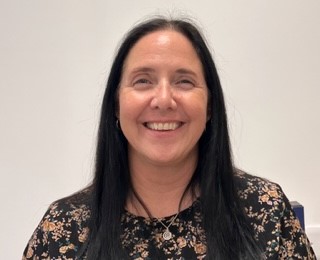 "I was born with a condition called hypermobility and from an early age, I suffered with joint dislocations and pain throughout my body. Hypermobility was not something that was well known back then and when I was a teenager, I had a slipped disc, which was passed off as a strained back. It wasn’t until I was 27 years old that I was officially diagnosed with the condition by a professor at Leeds Hospital.
"I was born with a condition called hypermobility and from an early age, I suffered with joint dislocations and pain throughout my body. Hypermobility was not something that was well known back then and when I was a teenager, I had a slipped disc, which was passed off as a strained back. It wasn’t until I was 27 years old that I was officially diagnosed with the condition by a professor at Leeds Hospital.
Hypermobility is a condition relating to being double jointed and we have larger joint sockets, which leads to more movement and our joints dislocating as a result. It also comes with inflammation, which is one of the main causes of the pain I suffer with.
When I was 30, I had back surgery as my disc slipped and hooked a nerve, meaning I couldn’t walk properly for weeks. The surgeon fused either side of my disc to prevent this from reoccurring. However, I still get severe back pain most days, as well as pain throughout my body. My condition means I suffer from sciatic pain in both of my legs, I have had pain blockers injected into my sciatic nerve several times over the years, but my pain management team are now exploring alternative options.
I exercise regularly to keep my muscles strong and to support my joints, this can be painful but also necessary. I have learned to cope with my condition over the years, but it still has its challenges, and I will not let it stop me from doing what I love."
As a Disability Confident Employer, we are committed to challenging attitudes, increasing understanding, and supporting our people in their careers while maintaining a good work life balance. We welcome recruitment of those with disabilities or health conditions in all job types around our business and encourage our people to be sensitive to those around them - being mindful that many disabilities are invisible.
References
